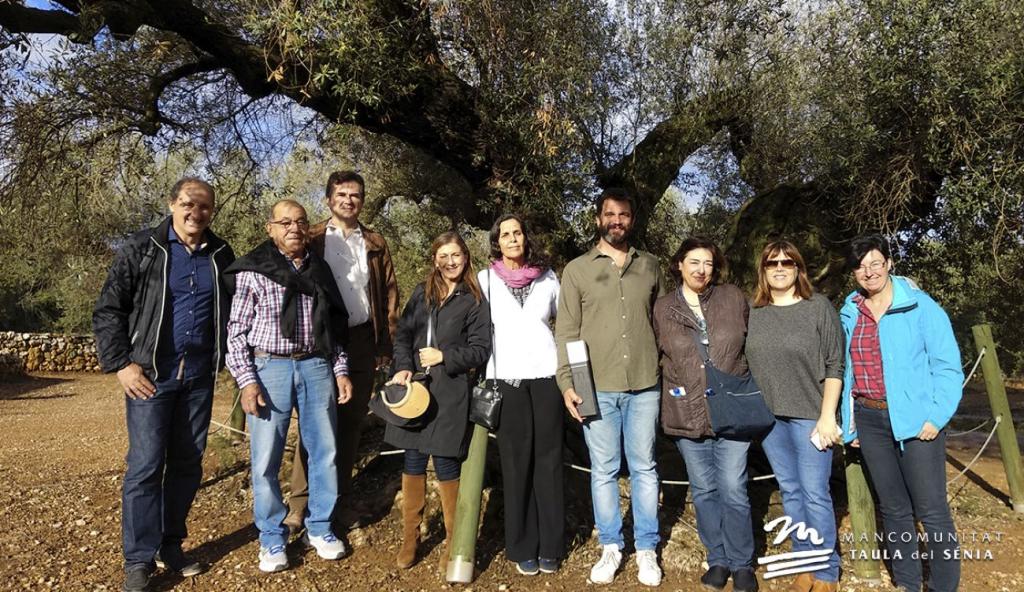Blog

Sénia's Territory Millenary Olive Trees, Globally Important Agricultural Heritage Systems from FAO (12/2018)
The Sénia Territory is a local entity made up of 27 municipalities (15 Valencian ones, 9 Catalans and 3 Aragonese), located around the Tosal del Rey, a point where the region of Valencia, Catalonia and Aragon meet and, besides sharing geography, history, language and culture, it has the major concentration of millenary olive trees of the world: more than 5.000 that exceed 3.50 m in trunk perimeter measured at 1.30 m from the ground. In twelve years of collaboration both between public and private sector of the area and with the support of all the administrations, it has managed to stop the despoilment of these olive trees and to start putting in value this exceptional agricultural, gastronomic, environmental, cultural and landscape heritage.
After obtaining the "Olivos milenarios del Territorio Sénia" awards and recognitions at national and international level, knowing that the FAO (World Food and Agriculture Organization), whose headquarters are in Rome, works on the improvement of agricultural productivity, food security and living conditions in rural areas and promotes the World Agricultural Heritage Systems (GIAHS) which are living and evolving systems, formed by human communities in close relationship with their territory, together the Mancomunidad Taula del Sénia (only town councils) and the Territorio Sénia Association (economic sectors of the area), with the support of the Councilors of Agriculture of the Valencia Region and Aragon, the Presidents of Provincial Councils of Castellón, Tarragona and Teruel and the Ministry of Agriculture, elaborated and presented the "SIPAM Olivos Milenarios Territorio Sénia" to the FAO.
The SIPAM Millenary Olive Trees Sénia Territory aims at the conservation and enhancement of these authentic living monuments and all their surroundings (olive trees of traditional varieties, flora and fauna, dry stone, etc.), but also the impulse of the entire Territory Sénia, with its mountainous towns, its coastal areas and the intermediate plains, where next to the ancient Roman Via Augusta is the largest concentration of millenary olive trees in the world.
Nowadays there is 53 recognized SIPAM worldwide, distributed over 22 countries, among which 2 are in Spain: "el Valle salado de Añana" in Alava and the "la Uva pasa" in the Axarquía (Málaga) both of which were recognized at the end of 2017.
After reviewing the submitted application, the Secretariat of the Scientific Committee of FAO, made different suggestions that were addressed and last October, Patricia Bustamante (member of the Secretariat) visited the area checking "in situ" the scope of the project and interviewing different economic and social agents of the area: farmers, owners, mills and brands of oil, oil tourism, restaurants and also mayors and heads of the Commonwealth and the Association.
Finally, on 14/12/2018, Yoshihide Endo (Coordinator of the GIAHS Program of the FAO) notified the approval by the Scientific Advisory Group (SAG) of the "Agricultural System Millenary Olive Trees Sénia Territory" as an Important System of World Agricultural Heritage (SIPAM), congratulating all the people involved in the candidacy and with the hope that this recognition will lead to the maintenance of millenary olive systems for future generations.
